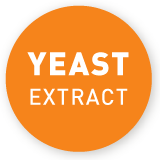Yeast extract is made from natural bakers’ or brewers’ yeast. Fresh yeast was already an important part of food culture in earlier advanced civilisations. It was not only used for baking bread but also for making beer and wine.
Yeast extract is obtained from fresh yeast in a 5-step process. Enzymes break down the proteins present in the yeast cells into smaller components and dissolve the surrounding cell wall so that the contents leave the cell. The remains of the cell wall are removed by separation. Yeast extract therefore consists of proteins, amino acids, carbohydrates, vitamins and minerals from the yeast cell without the surrounding cell wall.
Did you know?
If you were to analyse the protein compounds of the ingredient yeast extract, you would see that they are very similar to those found in a meat bouillon. It’s no wonder then that yeast extract adds a nice bouillon-taste to soups, sauces and ready meals.
The five-step yeast making process
1. Fermentation
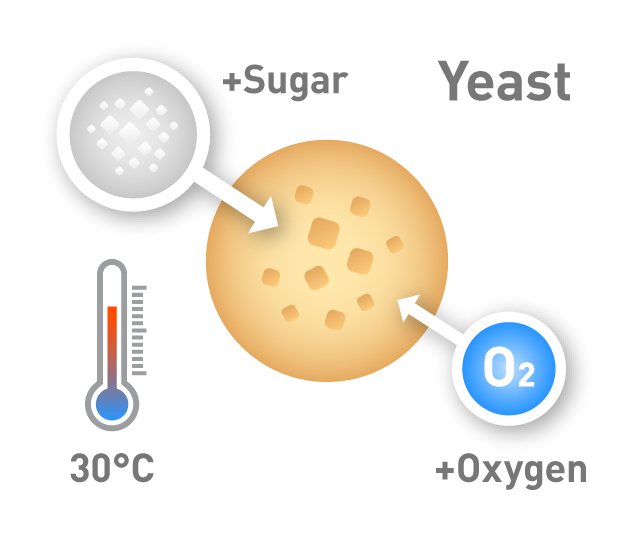
2. Breakage
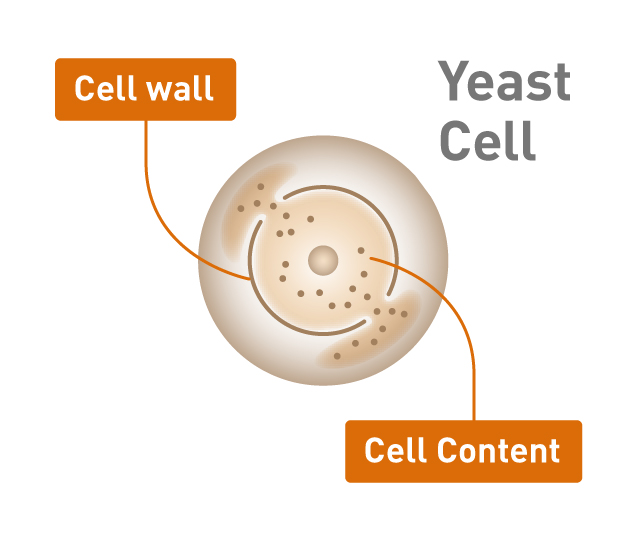
3. Centrifugation
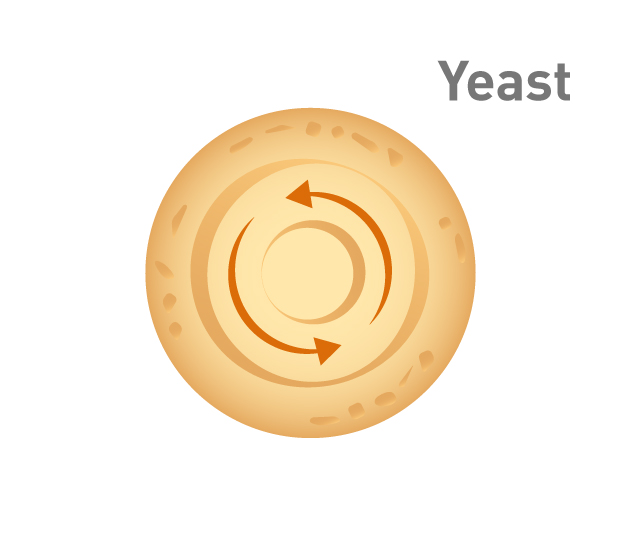
4. Evaporation and concentration
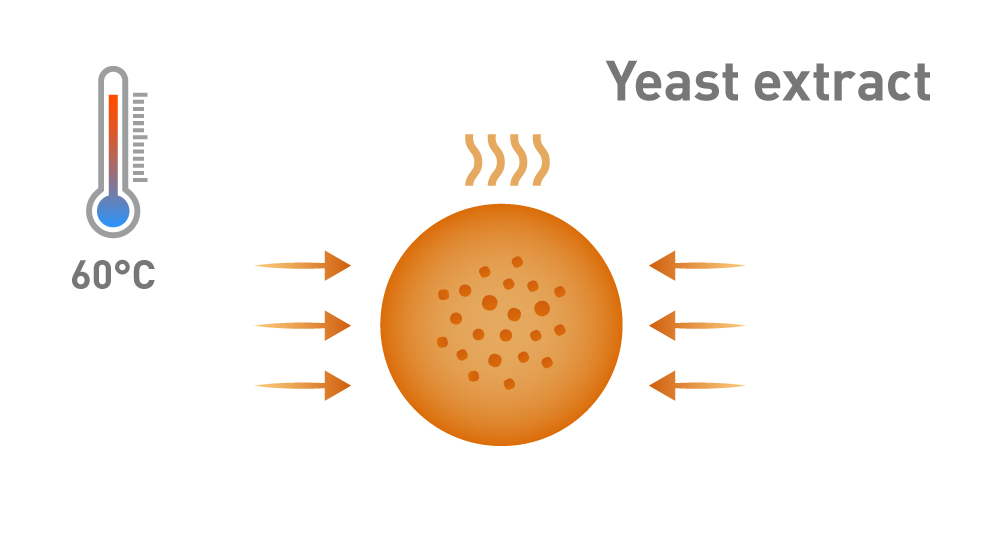
5. Drying
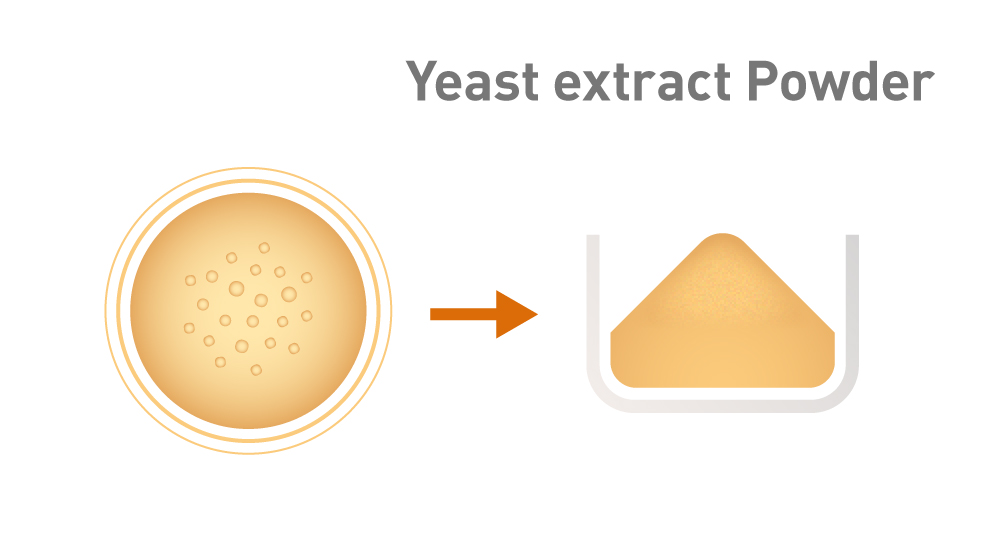
Step 1 – Fermentation
Bakers’ and brewers’ yeasts are living organisms that belong to the fungi family. We use their characteristic qualities for instance when baking, when we add sugar to a dough and allow it to rise in a warm place.
The first step of yeast extract production, the fermentation, follows the same principle: sugar is added to nourish the yeast. In addition, a temperature of 30 degrees Celsius and a sufficient supply of oxygen are fed to large containers, so-called fermenters, so that the yeast can grow in the best possible way. After this, the yeast is concentrated and washed in centrifuges in order to remove the residual sugar. The result is a viscous, creamy yeast mass.
Step 2 – Breakage
Then the yeast is placed in large tanks at a temperature of 45-55 degrees Celsius. The yeast stops growing at approximately 40 degrees Celsius and the enzymes break down the protein in the yeast and other macromolecules into smaller molecules. The cell walls of the yeast cells also partially disintegrate. This means that the smaller molecules can now leave the yeast cell and mix with the aqueous solution in the tank.
This process can be controlled using a variety of factors. For example, the amount of time the yeast spends in the tanks, as well as the temperature, play an important role and have a significant effect on the future taste of the respective yeast extract. The product resulting from the process is a liquid that already tastes like a bouillon and, in fact, also has a very similar amino acid profile to a cooked meat stock.
Step 3 – Centrifugation
To produce the final yeast extract, the liquid must now only be centrifuged in order to remove the yeast cell walls. Valuable proteins, amino acids, and vitamins and minerals from the yeast cell remain present inside the yeast extract. In simple terms, yeast extract contains all the natural components of the yeast cell without the surrounding cell wall.
Step 4 – Evaporation and condensation
Finally, the yeast extract is concentrated into a paste or a liquid in a gentle evaporation process at around 60 degrees.
Step 5 – Drying
Depending on its intended use, liquid yeast extract can then be dried and turned into a powder. The liquid is poured into a spray dryer and dried using hot air. This vaporises the water, allowing the dried extract to drop down and gather at the base of the tower.
